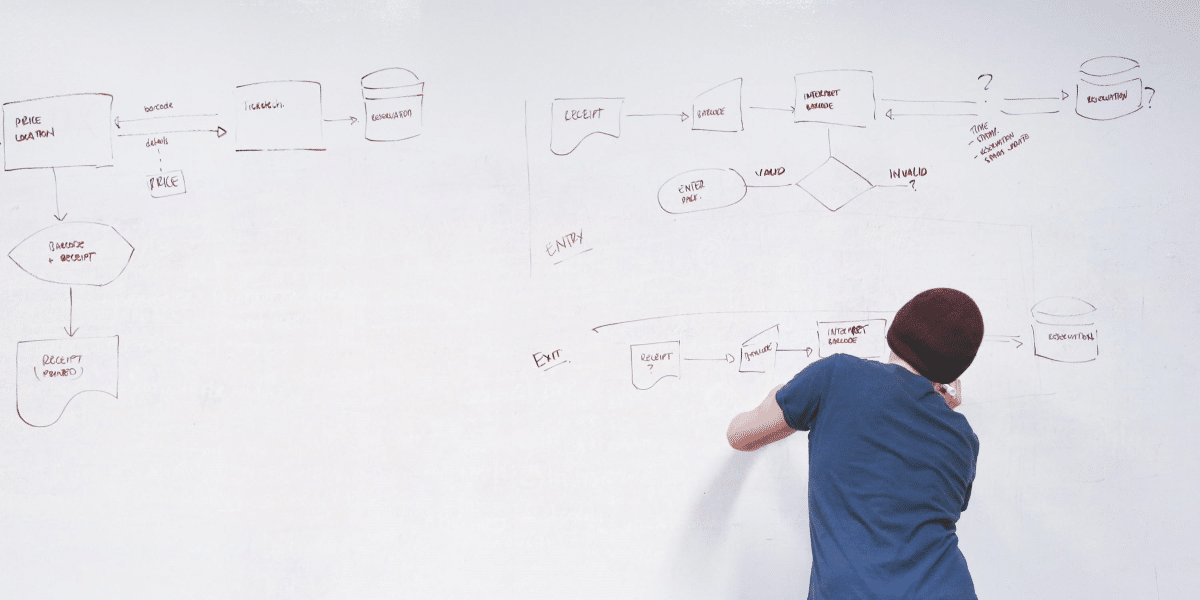Creating an effective flowchart is an important skill for visualizing processes and systems. However, there are some common mistakes that people make when designing flow charts that can reduce their usefulness. Being aware of these potential pitfalls can help you create clearer and more accurate flowcharts.
Not Having a Clear Objective
Before starting your flowchart, think carefully about what you want to show with it. What is the key process or decision path you need to communicate? Having a well-defined purpose and scope will help you decide what level of detail to include and what to leave out of your flowchart. Avoid trying to cram too much complexity onto one chart—it’s better to use multiple simplified charts if needed.
Using Confusing Symbols
Flowchart symbols are visual cues that make the chart easier to follow. However, choose symbols carefully, as some are ambiguous. For example, flowchart examples often show a diamond for both decisions and connectors. Use distinct shapes for each purpose, and consider adding a legend to define any uncommon symbols. Also, align your symbols and connectors cleanly to avoid confusion.
Inconsistent Level of Detail
Focus on consistency when deciding how much detail to include in different parts of your flowchart. Avoid over-detailing certain areas while leaving other parts overly vague. If you require low-level steps in one part of the process, make sure to break down all key subprocesses to the same level for clarity.
Not Using Lines Properly
Lines are used in flowcharts to connect symbols and indicate the flow. They should always join two symbols clearly and avoid crossing in confusing ways. Also, use arrowheads consistently to show direction—having arrows at some points but not others can be unclear. Keep lines as short, straight, and clean as possible for readability.
Unorganized Layout
Since flowcharts rely heavily on spatial relationships, the layout is crucial. Place symbols in an orderly sequence from top to bottom or left to right. Align columns neatly and expand the chart across multiple pages if needed, rather than cramming everything onto one dense page. Grouping related symbols into clusters and leaving space between steps can further improve organization.
Illegible Text
Any text used in a flowchart should be brief but still legible. Avoid tiny, crowded font sizes where possible. Keep text labels brief and position them so they’re easy to associate with the corresponding symbols. Too much dense text defeats the purpose of a visual flowchart. For detailed explanations, use callouts or a text appendix.
No Context
While flowcharts simplify complex processes, include brief explanatory notes where helpful to provide context. For example, you can use callouts with a high-level overview of each stage of the process. This helps keep the chart self-explanatory and makes your key points clearer to readers.
Creating accurate and easy-to-follow flowcharts takes practice. You can produce clean flow charts that communicate the intended process by sidestepping these common mistakes. Test your flowcharts on colleagues to catch any unclear areas before finalizing. With care and time, you can efficiently hone your skills in visualizing systems through flowcharts.
Published by: Annie P.

















